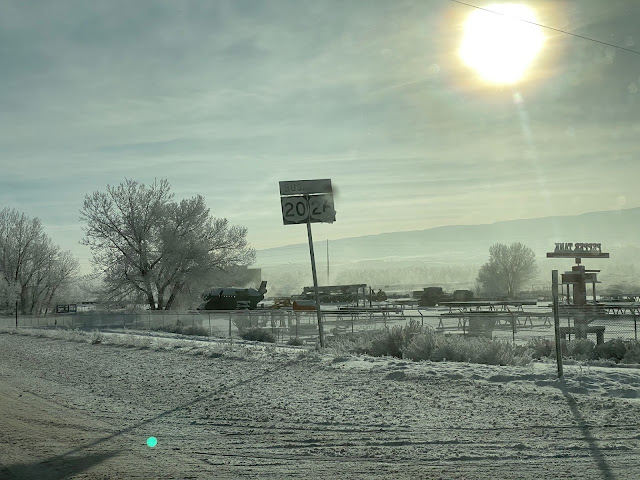On this day in 1920 a young Amelia Earhart rode in an airplane piloted by Frank Hawks at the California State Fair in Los Angeles. She was 23 years old and her father paid the $10.00 charge for the ten minute flight.
Earhart in 1928.
It was the beginning of her interest in aviation.
We're all familiar with the Earhart story, of course, so I'll not go into it here. Frank Hawks, however, is likely less well known to a modern audience, and of course there's no enduring mystery surrounding his death.
Frank Hawks.
Hawks had been an aviator in World War One and then was a record setting aviator after the war. He retired from air racing in 1937 to become an executive in the Gwinn Aircar Company, being in charge of sales. He flew around the country in that capacity demonstrating the safety features of the aircraft, but died in 1938 piloting one.
Gwinn Aircar.
Only two of the aircraft was ever made, and the Gwinn company subsequently folded.
Women in Washington D.C. who were on the inaugural committee were photographed.
Unlike now, the inauguration was in March at the time.
On the same day the Ukrainian communist party surrendered its independence to Russia's, which it probably had little choice but to do, in the Workers Peasant Union Treaty.
Self determination of nations was a declared policy of Lenin's, but it was clearly not one that the Russian Reds meant. At this point in time they were busy reassembling those portions of Imperial Russia that they could grab, and Trotsky was already proposing that the revolution should be taken to neighboring states.
General John T. Thompson received the first of his patents on his submachine gun. The gun would go into production the following year but initial sales were poor. The U.S. military did buy some, and it was intended as a military weapon, but overall it was a new gun in an era which didn't seem to require it. The first real military application by the United States of the initial model, the M1921, came at the hands of the Marines in the Banana Wars. The United States Postal Service bought some for guards and there were some police sales. An early indication that it might acquire some infamy came in the form of sales that ended up being for the Irish Republican Army.
1921 advertisement for the expensive Thompson Sub Machine Gun. While the gun may have been advertised as "sold only to law and order", it quickly came to be used by the unlawful and disorderly.
It would be the spate of Prohibition related crime, followed by Depression era crime, that would make the gun famous and which would in part lead to the National Firearms Act regulating the sales of automatic weapons. A new improved version was introduced in 1928 which is the most famous various of the gun, outside the M1 version used during World War Two.
Lance Corporal of the British East Surry Regiment with M1928 Thompson Sub Machine Gun.
Of interest here, in redesigning the weapon for military use during World War Two it was discovered that part of the patented mechanism in the gun was unnecessary and it was omitted. By that time soldiers were stripping the "H piece" from the earlier variants and leaving it out given that this slightly reduced the weight of a very heavy weapon. M1A1 Thompsons remained expensive to produce and the military sought to supplant them during the war, but some remained in use as late as the Vietnam War.

























